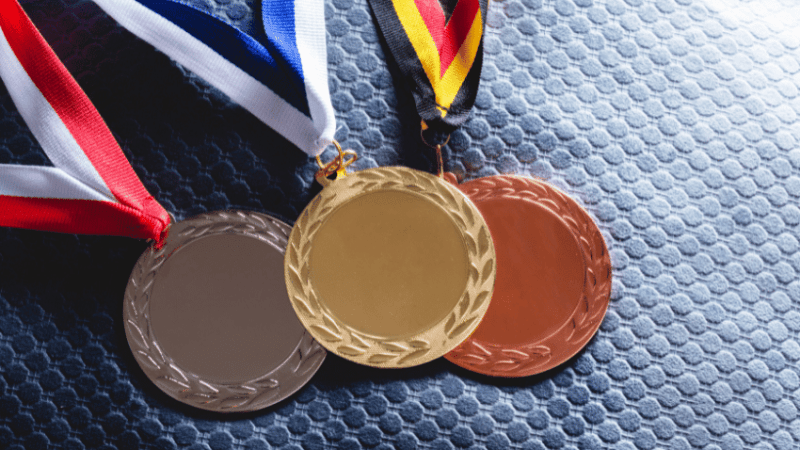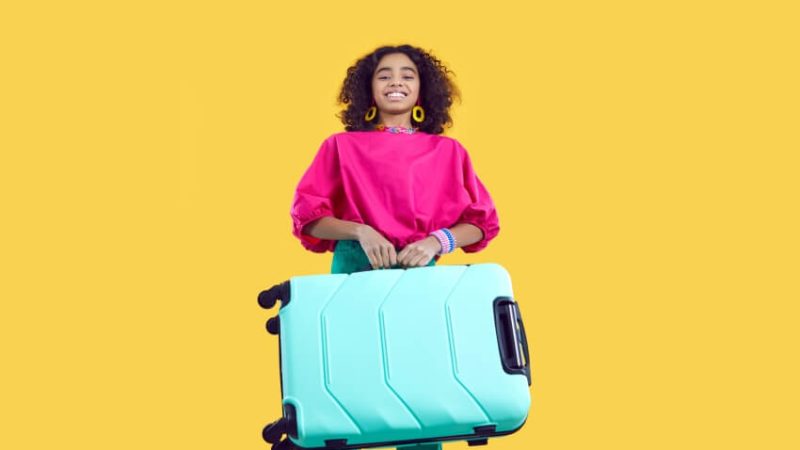Why you Should Introduce Writing Early in MFL

Although many MFL teachers are reluctant to introduce writing early on, primary language learners love it, says Clare Seccombe – so here’s how to harness their enthusiasm…

Writing is often the skill that is left alone by the teachers of MFL beginners: “They’ll get mixed up with English… we have to focus on speaking… it’s too hard.”
However, learners will start to write in the new language whether we want them to or not, on any scrap of paper they can find, while we’re teaching.
They like to note down words to help them with speaking activities, for example. Primary language learners enjoy writing – it’s seen as “proper work” – and being able to write successfully in another language gives them a great sense of achievement.
What is writing all about in language learning? We want learners to:
- Make intelligible marks on a piece of paper or other surface, and have the confidence to form those marks correctly
- Put the marks together in a way that forms words, sentences and texts, according to the rules and conventions of the languages they’re studying
- Give meaning to the words and use them to communicate
So, when children write in the foreign language, we want them to form the individual shapes and letters correctly, to be attentive to accuracy and spell correctly, and to understand structure and grammar and in order to create sentences that communicate.
Individual marks and letters
The writing systems of the most commonly taught languages have marks and letters that English doesn’t have:
- French: â à ç é è ê î ô û ù
- Spanish: á é í ó ú ü ñ ¿ ¡
- German: ß ä ö ü
It would be naïve of us to expect children to replicate these correctly from the beginning. I like to draw explicit attention to these marks and letters as early as possible, and to practise them. This practice builds confidence and fosters curiosity about the language.
We also need to tell learners why these extra marks are important, and what effect they will have on the writing if they aren’t there.
The absence of written accents will often affect the sound of a word when it is read aloud, so practice like this will go hand in hand with phonics.
For some children, apostrophes and accents are interchangeable in name, function and appearance, so we need to make sure that learners know the reasons why both are there.
Ideas for the classroom:
- Children trace the shapes of the new marks and letters with their finger using a resource like this one
- Children practise writing the marks and letters individually and then as part of words, using a resource like this one
- Children write some words in the foreign language as part of their handwriting practice.
Spelling
It’s interesting to note that children are often better spellers in the new language than in English, perhaps because they are dealing with a much smaller pot of words that they use in a very focused and repetitive way.
By the time children start to learn a new language in Y3, they have undergone several years of rigorous training in English phonics and spelling.
The new language, though, has different letter clusters and sequences, and children, often unconsciously replace these with more familiar English spelling patterns.
The formative years of learning English spelling is enough to build muscle memory so that it feels more natural, for example, for a child to write “rough” than “rouge”, as the -ough letter cluster occurs in some frequently used English words and the -ouge cluster is unfamiliar to English native speakers.
Therefore, when learners make spelling errors, we can often blame the interference of English. We need to point out to learners those words which we know they will probably misspell because of a similarity to an English word.
Phonics play a significant role in confident spelling. Oracy supports and reinforces reading and writing, and our learners need to be aware of the links between sound and spelling.
Ideas for the classroom:
- When introducing new vocabulary, show the written word alongside the image to ensure that the first “stored image” of the word is the correct one.
- Practise writing words in the air.
- Show words with some missing letters. The children have to tell you which letters are missing.
- Using PowerPoint animation, display a word and set it to fade slowly. Children are not allowed to write the word until it has completely disappeared.
- Use cut out letters to write words without a pen.
- Give the children some sentences with no finger spaces or punctuation. They have to use their knowledge of spelling and structure to rewrite the sentences correctly.
Starting sentences
As with spelling, learners will make good use of their existing English skills to help them invent phrases and sentences in the new language if we do not train and support them from the beginning to do otherwise.
We do not want pupils to go it completely alone, and we will in fact scare them off if we do. Children need lots of support, modelling and drilling of structures when starting to write at any length.
Ideas for the classroom:
- Use strategies from EYFS and KS1 English to plan and prepare writing.
- A big, empty page in their books can be daunting for learners, especially if they know that it is going to have “foreign writing” on it. They are reluctant to play with the language and to edit and build upon their own work, or even, at times, to get started. They prefer starting to experiment with writing if they use a mini whiteboard, which can be easily erased and edited.
- Learners also respond well to a smaller base on which to write. Exercise book pages are big and need to be filled, so give them something smaller like a sticky note or a minibook that they know will only need to have a small amount of writing.
- Give children a selection of word cards to be arranged into sentences. The kinaesthetic nature of the activity appeals to many learners and it’s a great pair or group activity.
- Learners work in pairs, each using a different coloured pen so that you know who has written what. They help and support each other as they write alternate sentences.
- Writing frames are a useful tool to support children as they write sentences. Try numbering each element of the frame, then using the numbers to give children some codes. They then use the numbers to write a correct sentence. Numbered elements in a writing frame can also be used for a dice-roll activity to build sentences. It’s important that children are shown how to use writing frames effectively.
- More-confident writers are sometimes frustrated by writing frames and want to work outside their confines. A word mat gives them all the vocabulary that they need, but they still need to know and understand how the words need to go together to make sentences. Support, modelling, drafting and redrafting of writing tasks is crucial if learners are to be successful.
- If learners are going to write independently and confidently then it’s important they learn to use the bilingual dictionary effectively to help them. It’s a language learning skill that will really help them to say what they want to say.
Download writing resources to help deliver the ideas set out in this feature here.
Clare Seccombe has taught Spanish and French in Sunderland primary schools for ten years. She wrote the 2018 Teach Primary Awards winning MFL resource and maintains the website Light Bulb Languages. Find her at lightbulblanguages.co.uk and follow her on Twitter at @valleseco.










